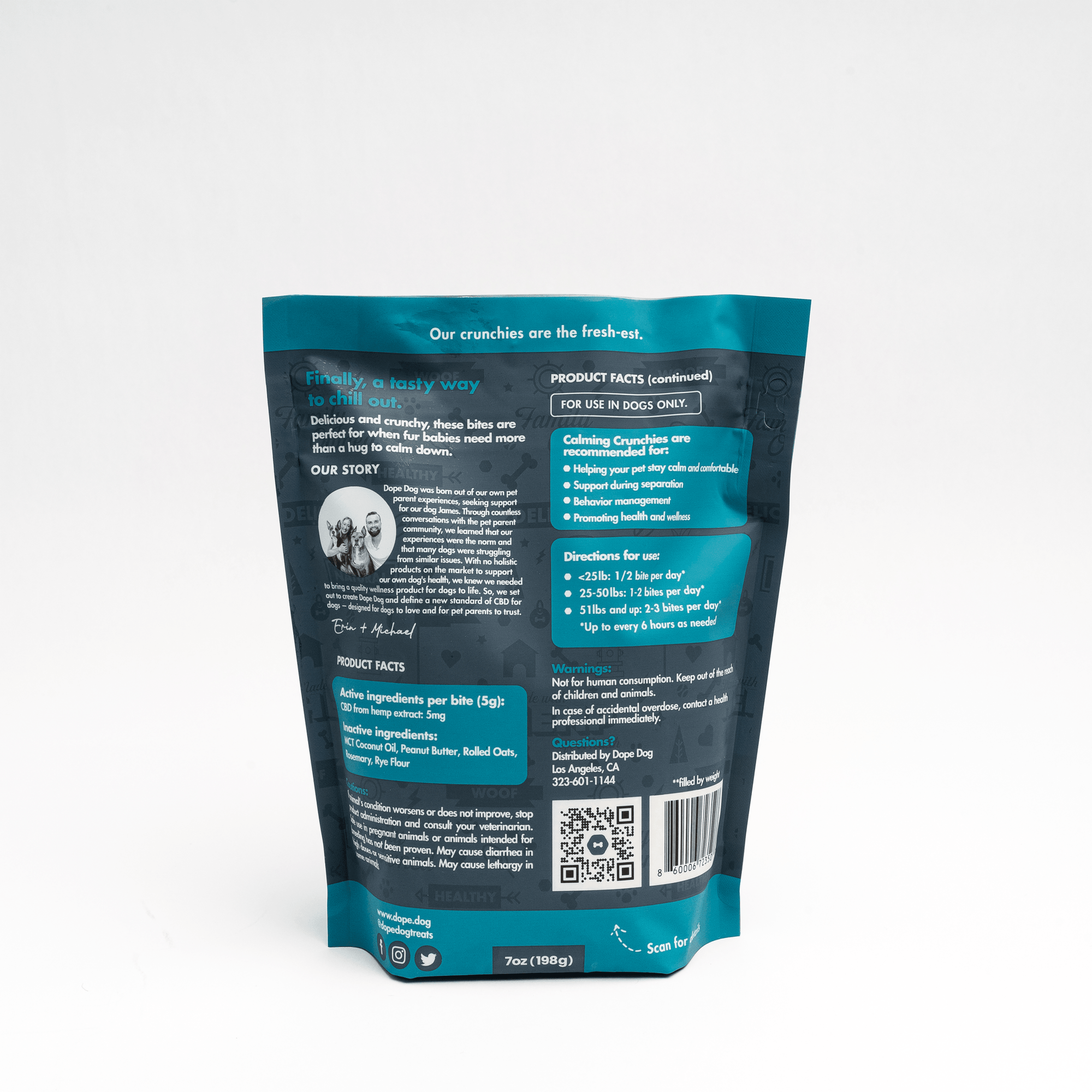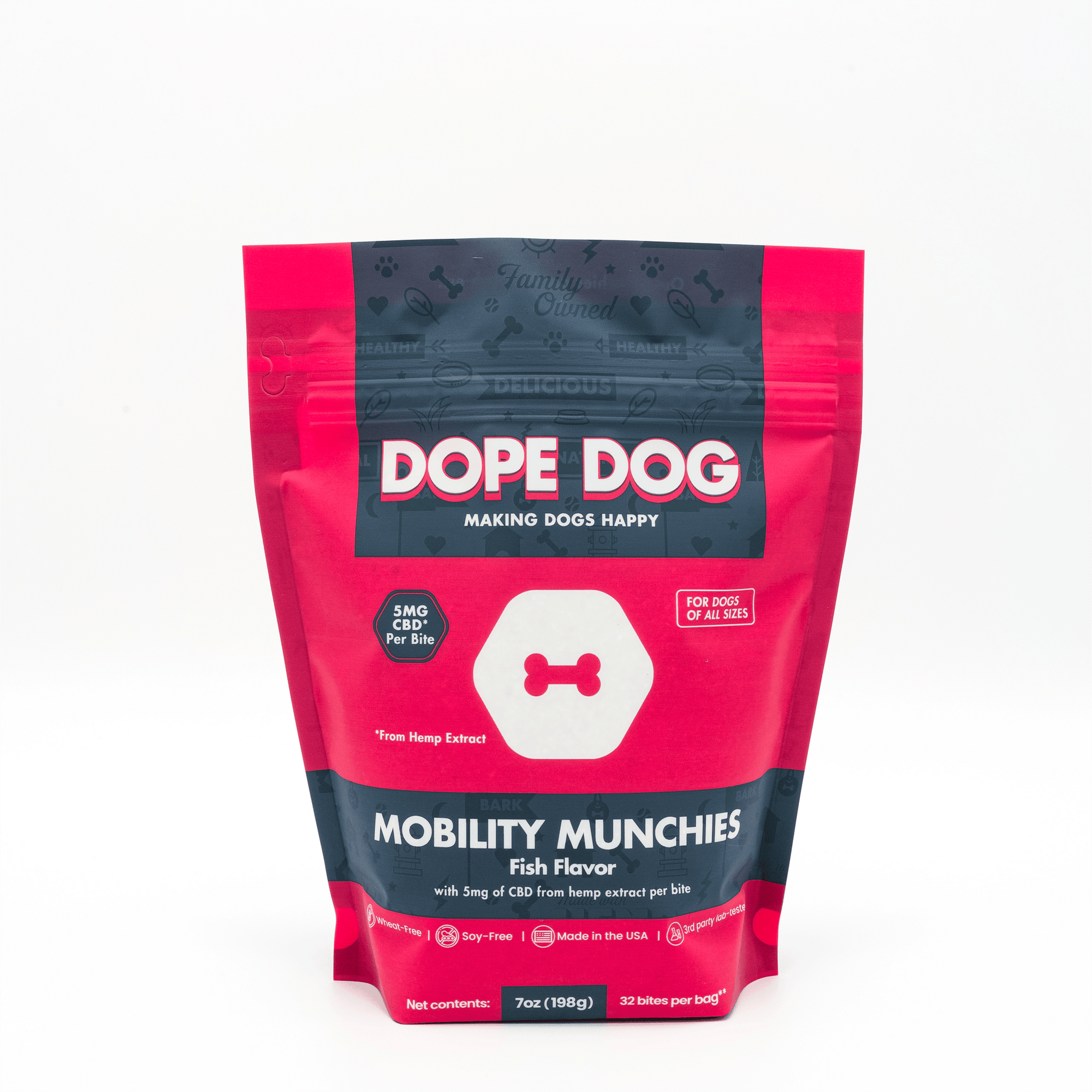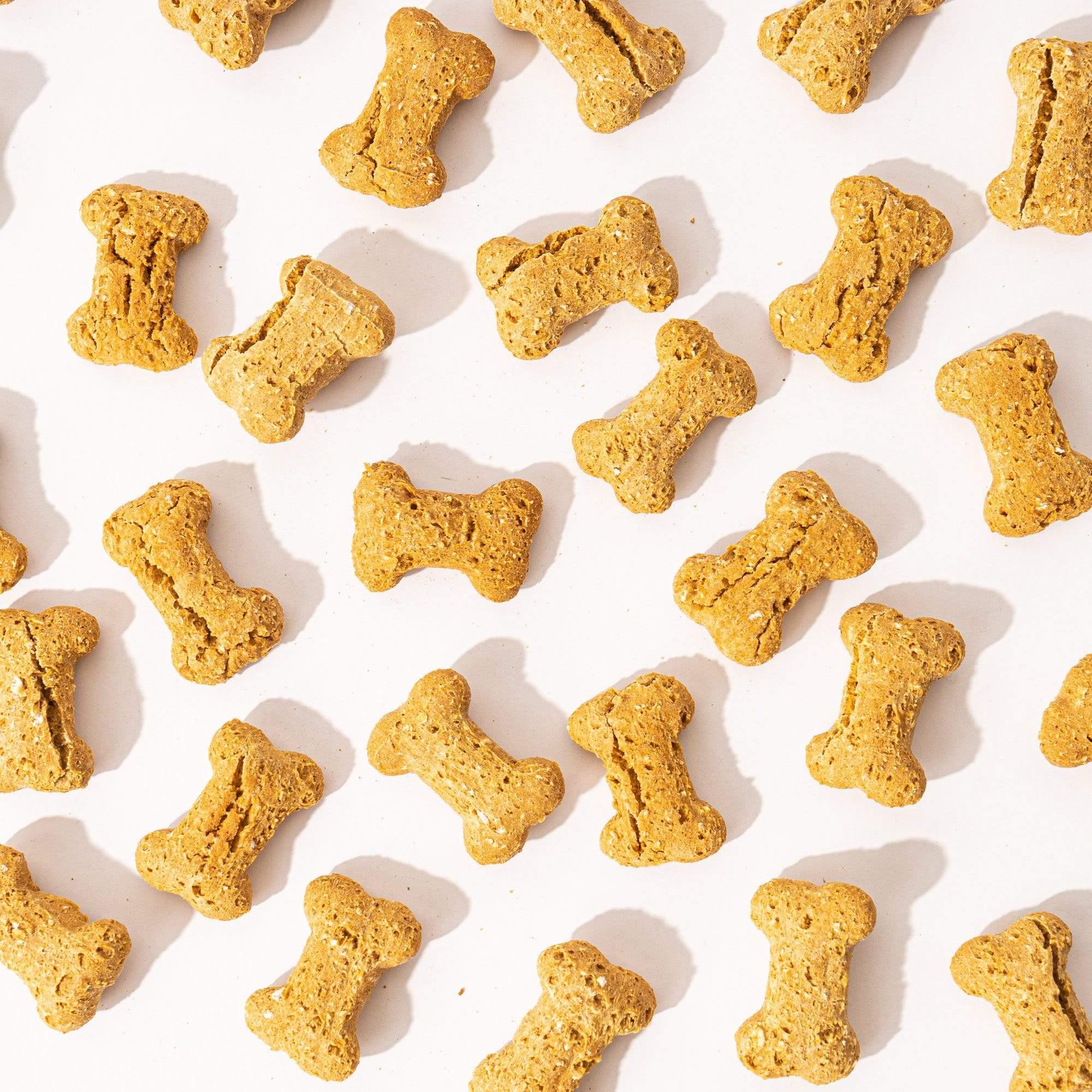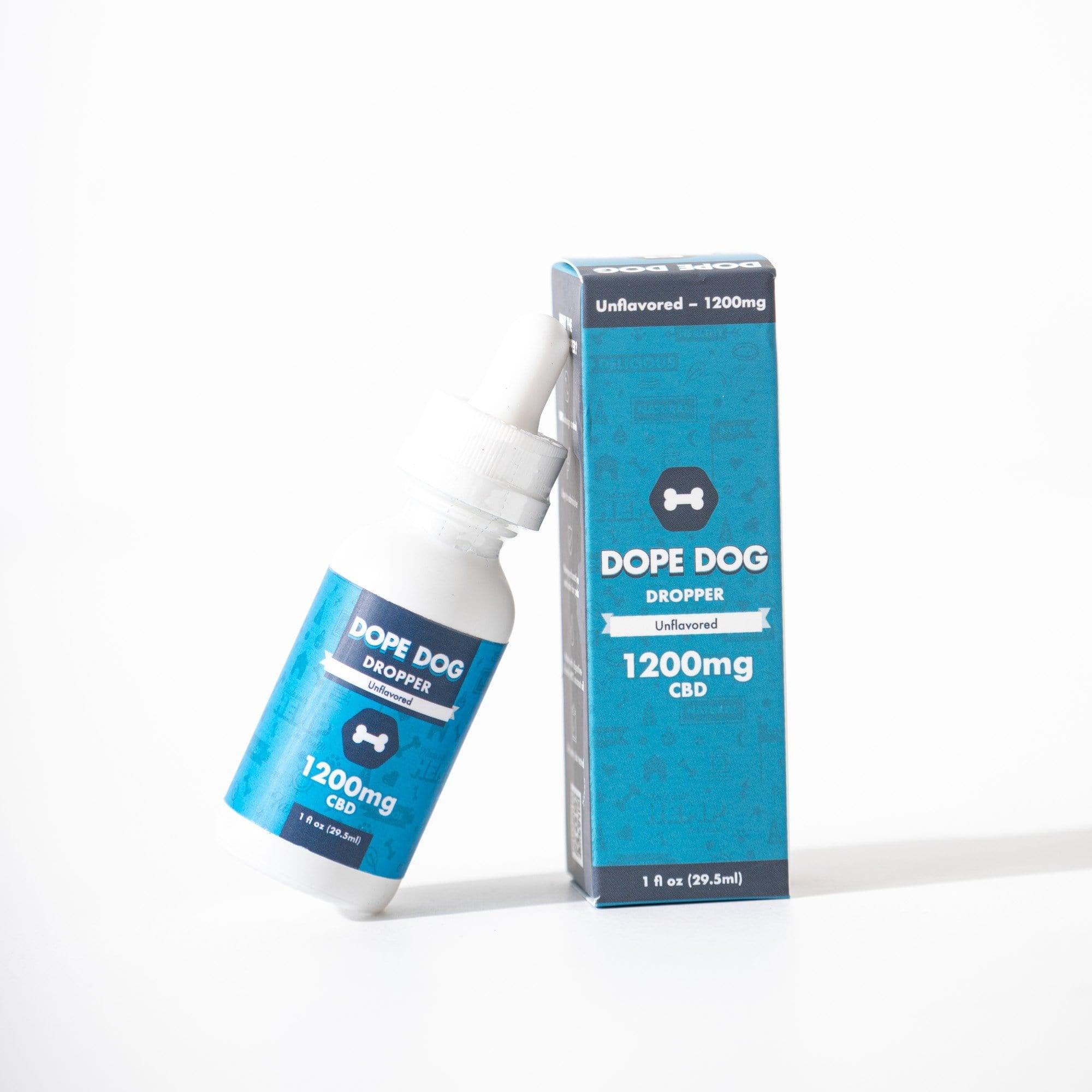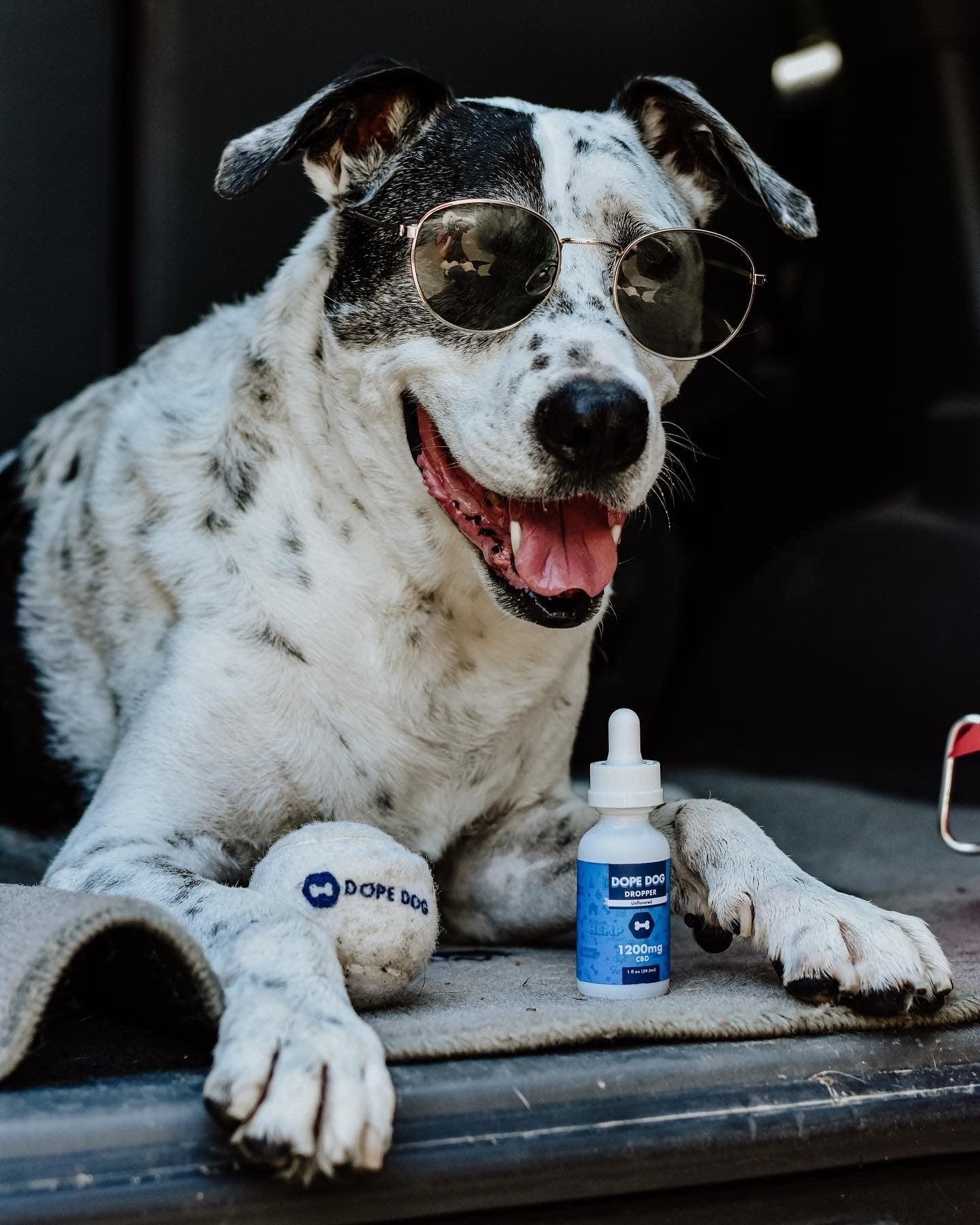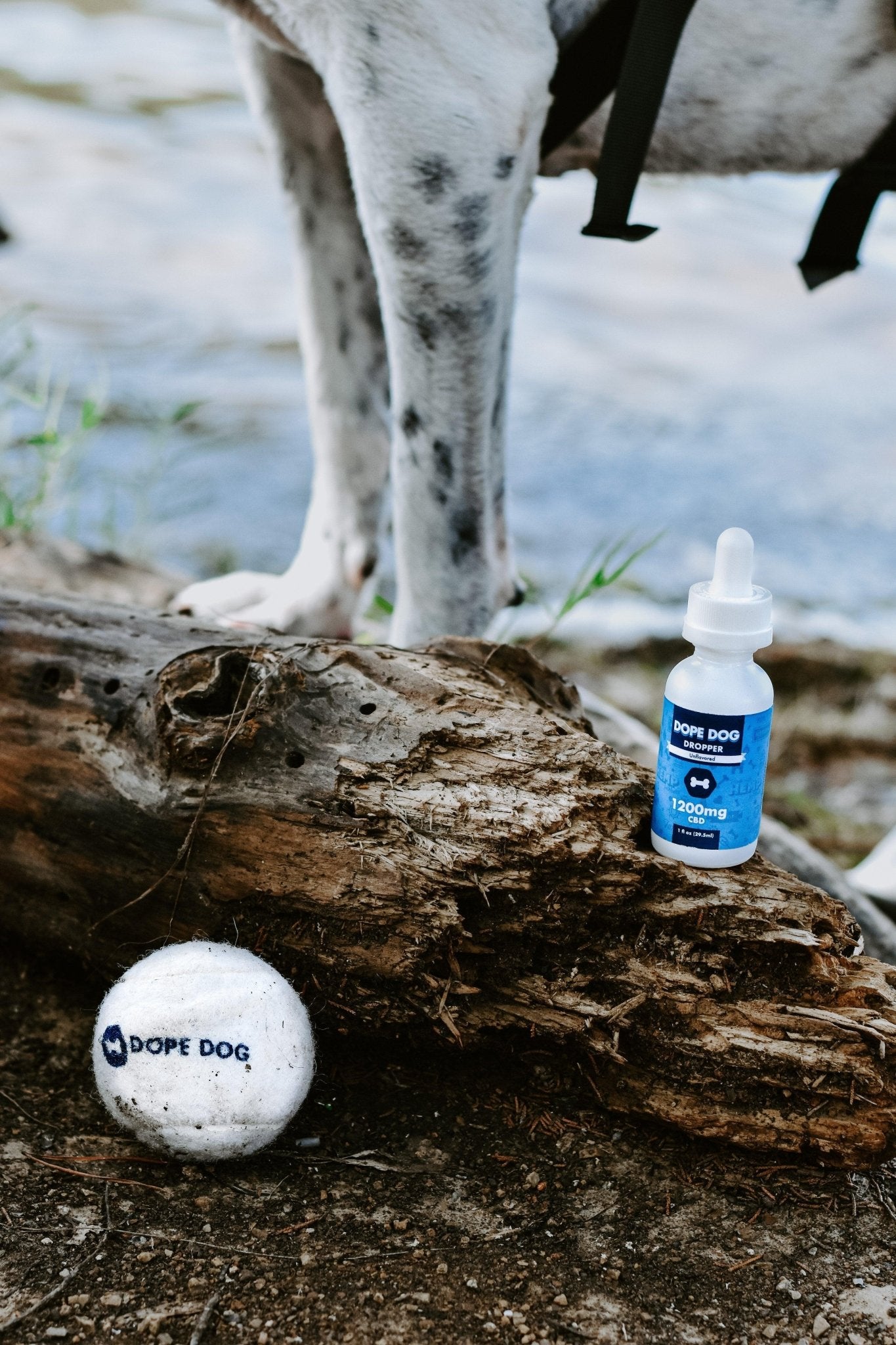Dogs, our cherished companions, sometimes exhibit concerning behaviors, like biting themselves. If you've ever thought, "my dog keeps biting himself but no fleas" or "why does my dog chew his leg until it bleeds?", you're not alone. This blog post delves into the reasons behind canine self-biting and offers solutions.
Understanding why dogs engage in self-biting is essential. It helps identify underlying discomforts, take measures to alleviate them, and prevent complications like skin infections. For instance, a common concern is "my dog keeps biting his back till it bleeds". Such severe cases require immediate attention.
This post will cover various factors influencing canine behavior, from instinctual to learned behaviors. We'll address common reasons for self-biting, such as allergies, skin irritations, and even dog chewing himself raw treatment. Parasites, anxiety, stress, boredom, and medical conditions also play a role. Some owners wonder if "do puppies bite themselves when teething?" or "why do dogs bite back legs when playing?". We'll touch upon these queries too.
Each section will delve into specific causes, symptoms, and signs. We'll discuss the role of breed, genetics, and the impact of socialization on tendencies like "my dog is constantly scratching and biting himself". Practical solutions, including a dog chewing himself raw home remedy, will be provided, equipping owners with the knowledge to assist their pets.
By the end, you'll understand the intricacies of self-biting behavior in dogs. While this information is invaluable, always seek professional help when needed. Our aim is to ensure our dogs lead a life free from the distress of self-biting. Join us as we uncover the reasons and remedies for canine self-biting, and stay tuned for more insights into canine behavior.

Love your pup every day the easy way with Dope Dog. Check out their full line of pet-safe CBD products today. Shop now!
Understanding Canine Behavior
Dogs are fascinating creatures with a complex set of behaviors shaped by both instinct and learned experiences. To comprehend why dogs bite themselves, it is essential to explore the underlying factors that drive their actions. By understanding their behavior, we can gain valuable insights into the reasons behind self-biting and how to address it effectively.
Instinctual behaviors play a significant role in a dog's actions. These behaviors are innate and have been shaped through centuries of evolution. Dogs have certain natural tendencies, such as grooming and scratching themselves, which are essential for their overall well-being. However, self-biting goes beyond these instinctual behaviors and often indicates an underlying issue.
Learned behaviors, on the other hand, are acquired through interactions with the environment and experiences. Dogs learn from their surroundings, including their human companions, other animals, and their own past encounters. These learned behaviors can influence self-biting tendencies, as dogs may develop certain patterns or responses to specific stimuli.
Self-biting in dogs can stem from various factors, including allergies and skin irritations, parasites and infestations, anxiety and stress, boredom and lack of mental stimulation, as well as medical conditions and pain. Each of these factors can contribute to a dog's inclination to bite themselves, and understanding them is crucial for effective intervention.

Allergies and skin irritations are common culprits behind self-biting behavior. Dogs can develop allergies to certain foods or environmental triggers, leading to itching, redness, and discomfort. Similarly, various skin irritations, such as flea bites, contact dermatitis, and hot spots, can drive dogs to bite themselves in an attempt to alleviate the irritation.
Parasites and infestations, such as fleas, ticks, or mites, can also cause dogs to bite themselves. These pesky creatures not only cause itching and irritation but may even cause allergic reactions in some dogs. Intense itching can drive dogs to bite or scratch themselves seeking relief.
Anxiety and stress are significant factors contributing to self-biting behavior in dogs. Dogs, just like humans, can experience anxiety and stress in various situations, such as during separation from their owners, exposure to loud noises, or encountering unfamiliar environments. These emotional states can lead to compulsive behaviors, including self-biting, as dogs attempt to cope with their distress.
Boredom and lack of mental stimulation can also drive dogs to bite themselves. Dogs are intelligent animals that require mental and physical engagement to thrive. Bored dogs lacking stimulation might bite themselves for entertainment or to release energy.
Lastly, medical conditions and pain must be considered when addressing self-biting behavior. Dogs might bite themselves due to medical issues like skin infections, dermatitis, pain, or neurological disorders. In some cases, dogs may develop adverse reactions to medications, leading to discomfort and self-biting as a result.
Understanding the various factors that contribute to self-biting behavior is crucial for dog owners. By recognizing the underlying causes, owners can take appropriate measures to address the issue effectively. In upcoming sections, we'll delve deeper into these factors, offering insights and solutions to reduce dogs' self-biting behavior.

Related: CBD Oil For Dogs With Cancer
Understanding Allergies and Skin Irritations
Allergies and skin irritations are common triggers for self-biting behavior in dogs. Just like humans, dogs can develop allergic reactions to certain substances or environmental factors, leading to discomfort and itching. It is crucial for dog owners to be aware of these allergies and irritations to address self-biting effectively.
Food allergies are one of the primary types of allergies that can affect dogs. Some dogs might be sensitive to diet ingredients like grains, specific proteins, or food additives. Consuming these allergens can cause an immune response in dogs, resulting in symptoms like skin itching and irritation. In response, dogs may resort to biting themselves in an attempt to alleviate the discomfort.
Environmental allergies, also known as atopic dermatitis, are another common cause of self-biting in dogs. These allergies are triggered by substances present in the environment, such as pollen, dust mites, or mold spores. When dogs come into contact with these allergens, they can experience intense itching, redness, and inflammation. As a result, dogs may engage in excessive scratching or biting to relieve the itchiness.
Identifying dog allergies is tricky since symptoms range from mild to severe and can mimic other conditions. Common signs of allergies include constant scratching, redness, rashes, hair loss, and recurrent ear infections. Dog owners should consult a veterinarian to identify their dogs' allergens and create a suitable treatment plan.
Skin irritations, such as flea bites, contact dermatitis, and hot spots, can also drive dogs to bite themselves. Fleas are notorious parasites that can cause severe itching and discomfort for dogs. When dogs are infested with fleas, they may bite or scratch themselves excessively in an attempt to alleviate the irritation caused by flea bites. It is essential to implement a thorough flea prevention and control program to address this issue.
Contact dermatitis is another common skin irritation that can lead to self-biting behavior. Dogs can become allergic to substances like specific plants, cleaning products, or fabrics they encounter. When dogs have contact with these allergens, it can cause inflammation and itching, prompting them to bite or scratch themselves. Identifying and eliminating the source of contact dermatitis is crucial for alleviating self-biting behavior.
Hot spots, also known as acute moist dermatitis, are areas of inflamed and infected skin that can drive dogs to self-bite. Hot spots are often caused by underlying skin infections, allergies, or excessive moisture on the skin. Dogs may bite or lick these hot spots in an attempt to soothe the discomfort. To treat hot spots, address the root cause, maintain a clean, dry area, and use veterinarian-prescribed topical medications.

When addressing allergies and skin irritations, it is crucial to develop a comprehensive treatment plan tailored to the specific needs of the dog. This may include dietary changes, hypoallergenic diets, antihistamines, medicated shampoos, topical creams, or immunotherapy. A veterinarian can provide guidance and recommend the most appropriate course of action based on the dog's individual circumstances.
By understanding and addressing allergies and skin irritations, dog owners can help alleviate the discomfort that drives self-biting behavior. In the following sections, we will explore additional factors that contribute to self-biting, such as parasites and infestations, anxiety and stress, boredom and lack of mental stimulation, as well as medical conditions and pain.
Related: MSM For Dogs
Parasites and Infestations
Parasites and infestations can be a significant factor contributing to self-biting behavior in dogs. These tiny organisms, such as fleas, ticks, or mites, not only cause discomfort but can also lead to allergic reactions in some dogs. It is essential for dog owners to be aware of the impact of parasites and infestations on self-biting and take appropriate measures to address them.
Fleas are one of the most common parasites that affect dogs. These small, wingless insects feed on the blood of animals and can cause intense itching and irritation. When dogs are infested with fleas, they may experience allergic reactions to flea saliva, exacerbating the itching and discomfort. As a result, dogs may bite or scratch themselves excessively in an attempt to relieve the irritation caused by flea bites.
Ticks are another common parasite that can lead to self-biting behavior in dogs. These arachnids attach themselves to the dog's skin and feed on their blood. Tick bites can cause irritation and discomfort for dogs, and in some cases, can transmit diseases. Dogs may bite or scratch at the area where the tick is attached, trying to remove it or alleviate the itching sensation.
Mites are microscopic parasites that can also contribute to self-biting behavior in dogs. Certain types of mites, such as Sarcoptes or Demodex mites, can cause skin conditions like mange. Mange is characterized by intense itching, hair loss, and skin inflammation. Dogs affected by mange may excessively bite or scratch themselves in an attempt to relieve the itching and discomfort caused by the mites.
Identifying and addressing parasites and infestations is crucial for alleviating self-biting behavior in dogs. Regular flea and tick prevention is essential to minimize the risk of infestations and the associated discomfort. Various preventive measures, such as topical treatments, collars, or oral medications, can help protect dogs from fleas and ticks.

If a dog is already infested with fleas or ticks, prompt treatment is necessary to eliminate the parasites and relieve the associated itching. This may involve using flea and tick shampoos, sprays, or medications prescribed by a veterinarian. It is important to treat both the dog and the environment to prevent reinfestation.
When it comes to mites, the specific type of mite and the associated skin condition will determine the treatment approach. In some cases, medicated shampoos, topical ointments, or oral medications may be prescribed to eliminate the mites and manage the symptoms. It is crucial to consult with a veterinarian to diagnose the specific type of mite and develop an appropriate treatment plan.
By addressing parasites and infestations, dog owners can help relieve the discomfort that drives self-biting behavior. However, it is important to note that prevention is key when it comes to parasites. Regular grooming, maintaining a clean environment, and using preventive measures can significantly reduce the risk of infestations and the associated self-biting behavior.
In the following sections, we will explore additional factors that contribute to self-biting, such as anxiety and stress, boredom and lack of mental stimulation, as well as medical conditions and pain. Understanding these factors will provide further insights into why dogs engage in self-biting behavior and guide us in finding effective solutions.
Related: Measure Dog Food Portions
Anxiety, Stress, and Boredom
Anxiety, stress, and boredom are significant psychological factors that can contribute to self-biting behavior in dogs. Dogs, like humans, can experience various forms of anxiety and stress, which can manifest in different situations and trigger self-biting as a coping mechanism. Additionally, dogs that lack mental stimulation and are prone to boredom may resort to self-biting as a means of entertainment or release. Understanding these psychological factors is crucial for addressing self-biting behavior effectively.
Separation anxiety is a common form of anxiety that dogs may experience when separated from their owners. Dogs with separation anxiety often exhibit destructive behaviors, including excessive self-biting. The anxiety and distress of being separated from their owners can lead dogs to engage in self-biting as a way to cope with their feelings of fear and insecurity. It is important for dog owners to implement strategies to help alleviate separation anxiety, such as gradual desensitization, crate training, or seeking professional help if needed.
Noise phobias are another source of anxiety for dogs. Loud noises, such as thunderstorms, fireworks, or construction sounds, can trigger intense fear and anxiety in some dogs. The overwhelming fear and stress caused by these noises can lead dogs to engage in self-biting as a response to their anxiety. Creating a safe and comforting environment for dogs during these stressful events, using noise-masking techniques, or providing anxiety-reducing supplements may help alleviate their self-biting behavior.

Fear and anxiety triggers can vary from dog to dog. Some dogs may have specific fears or phobias, such as fear of certain objects, people, or other animals. When exposed to these triggers, dogs may experience heightened anxiety and resort to self-biting as a way to cope with their fear. Identifying and avoiding known triggers, as well as implementing positive reinforcement training and desensitization techniques, can help reduce anxiety and prevent self-biting behavior.
Boredom and lack of mental stimulation can also drive dogs to engage in self-biting. Dogs are intelligent and active animals that require both physical and mental stimulation to thrive. When dogs lack adequate mental stimulation, they may become bored, restless, and seek ways to entertain themselves. Self-biting can become a repetitive behavior that dogs engage in out of boredom or as a means of releasing pent-up energy. Providing dogs with interactive toys, puzzle games, regular exercise, and engaging activities can help alleviate their boredom and reduce self-biting tendencies.
Addressing anxiety, stress, and boredom requires a multifaceted approach. Environmental enrichment plays a crucial role in providing dogs with mental stimulation and preventing boredom. This can include offering a variety of toys, rotating them regularly, and engaging in interactive play sessions with the dog. Positive reinforcement training can help build confidence and reduce anxiety in dogs, while also providing mental stimulation. Additionally, calming aids, such as pheromone diffusers or anxiety-reducing supplements, may be beneficial in some cases.
It is important to note that severe anxiety or behavioral issues may require professional intervention. A qualified animal behaviorist or veterinarian can provide guidance, develop a behavior modification plan, and recommend appropriate medication or therapy if necessary.
By addressing anxiety, stress, and boredom, dog owners can help create a more balanced and fulfilling life for their canine companions. In the following sections, we will explore additional factors that contribute to self-biting, such as medical conditions and pain.
Understanding these factors will further enhance our ability to provide the necessary care and intervention for dogs experiencing self-biting behavior.
Related: Turmeric For Dogs
Medical Conditions and Pain
Medical conditions and pain can be significant factors contributing to self-biting behavior in dogs. Just like humans, dogs can suffer from various health issues that may manifest as discomfort or pain. In response, dogs may engage in self-biting as a way to alleviate their discomfort or communicate their distress. Understanding and addressing these medical conditions and pain is crucial for effectively managing self-biting behavior in dogs.

Skin infections and dermatitis are common medical conditions that can lead to self-biting. Dogs may develop bacterial or fungal infections on their skin, causing itching, redness, and inflammation. These infections can be a result of underlying allergies, skin irritations, or compromised immune systems. Dogs may bite or scratch themselves excessively in an attempt to relieve the itching caused by these infections. It is important to identify and treat the underlying infection to alleviate the self-biting behavior.
Joint and muscle pain can also contribute to self-biting behavior in dogs. Dogs, especially older ones, can develop conditions such as arthritis, hip dysplasia, or muscle strains, which can cause chronic pain. Dogs may bite at specific areas, lick their joints, or engage in self-biting as a response to the discomfort they experience. Managing pain through appropriate pain medications, joint supplements, physical therapy, or alternative therapies can help alleviate self-biting in these cases.
Neurological disorders can also play a role in self-biting behavior. Certain neurological conditions, such as neuropathy or nerve damage, can cause abnormal sensations, tingling, or itching in dogs. These sensations may prompt dogs to bite or scratch themselves in an attempt to alleviate the discomfort caused by the neurological disorder. Identifying and managing the underlying neurological condition is crucial for addressing self-biting behavior in these cases.
In some instances, dogs may develop allergic reactions to medications they are taking. These adverse drug reactions can manifest as itching, rashes, or other skin irritations. Dogs may engage in self-biting as a response to the discomfort caused by the medication. If a dog exhibits self-biting behavior coinciding with the administration of a specific medication, it is important to consult with a veterinarian to determine if the medication is causing an allergic reaction and explore alternative treatment options.
Identifying signs of pain in dogs is essential for addressing self-biting behavior. Dogs may exhibit symptoms such as limping, difficulty getting up or lying down, changes in appetite, changes in behavior, or reluctance to engage in certain activities. If a dog is showing signs of pain, it is crucial to seek veterinary care to determine the underlying cause and develop an appropriate treatment plan.
Treatment for medical conditions and pain will vary depending on the specific issue. It may involve medication, dietary changes, physical therapy, surgery, or a combination of these approaches. Working closely with a veterinarian to diagnose and manage the underlying medical condition is crucial for effectively addressing self-biting behavior caused by these factors.

Understanding and addressing medical conditions and pain is a vital aspect of managing self-biting behavior in dogs. By providing appropriate medical care and pain management, dog owners can help alleviate their furry companions' discomfort and reduce self-biting tendencies. In the next section, we will summarize the key points discussed throughout this blog post and provide final thoughts on promoting a happy and healthy life for dogs.
Related: Stop Dogs From Barking
Conclusion
Throughout this blog post, we have explored the intricate world of self-biting behavior in dogs. We have delved into the various factors that can contribute to this behavior, including allergies and skin irritations, parasites and infestations, anxiety and stress, boredom and lack of mental stimulation, as well as medical conditions and pain. By understanding these factors, we can better comprehend why dogs engage in self-biting and take appropriate measures to address it effectively.
Self-biting in dogs is not a behavior to be taken lightly. It can indicate underlying discomfort, distress, or the presence of an issue that requires attention. As responsible dog owners, it is our duty to provide a safe and nurturing environment for our furry friends, ensuring their physical and emotional well-being.
Addressing self-biting behavior necessitates a comprehensive approach. It is crucial to consult with a veterinarian to identify and treat any underlying allergies, skin irritations, or medical conditions. Regular grooming, flea and tick prevention, and proper hygiene practices can help mitigate external factors that contribute to self-biting. Additionally, addressing anxiety, stress, and boredom through environmental enrichment, positive reinforcement training, and seeking professional help when needed can significantly reduce self-biting tendencies.
It is important to note that self-biting behavior may require patience and persistence. Each dog is unique, and the underlying causes may vary. What works for one dog may not work for another. By observing and understanding our dogs' individual needs, we can tailor our approach and provide the best possible care.
In some cases, professional help may be necessary. An experienced veterinarian or animal behaviorist can offer valuable insights, develop a customized treatment plan, and provide guidance throughout the process. They have the expertise to identify and address complex cases of self-biting, ensuring the well-being of both the dog and the owner.

As dog owners, our ultimate goal is to promote a happy and healthy life for our furry companions. By addressing self-biting behavior promptly and effectively, we can enhance their overall quality of life and strengthen the bond we share. Remember, a dog's well-being is a reflection of our commitment and dedication as responsible pet owners.
In conclusion, understanding why dogs bite themselves is imperative for providing appropriate care and intervention. By recognizing the underlying factors, such as allergies, parasites, anxiety, boredom, and medical conditions, we can take the necessary steps to address self-biting behavior. Through proactive measures, veterinary guidance, and a loving approach, we can help our dogs overcome self-biting and thrive in a safe and nurturing environment.
Are you looking for a worry-free way to safely dose your dog? Dope Dog has treats that make it easier than ever to offer your CBD. Shop today!
![Why Do Dogs Bite Themselves? Unveiling the Hidden Reasons and Solutions [FACTS!!]](http://dope.dog/cdn/shop/articles/david-taffet-5gXPapBz40c-unsplash-606487.jpg?v=1694170227&width=2000)

![Why is My Dog's Ear Swollen? [MUST KNOW!]](http://dope.dog/cdn/shop/articles/tim-higham-QxDXORRktWE-unsplash-555717.jpg?v=1697236049&width=1536)



